What are people saying about hybrid workplace?
There are several studies conducted to understand the impact of remote working on organisational productivity. Most have concluded that remote working has been just as productive than in-office working, if not more.
Employees have been able to
- Save commute time
- Set up processes that have ensured quick results and in the process, business metrics have not suffered.
However, this is only half the story. The other half involves
- Employee burnout
- Loss of engagement and motivation and
- Dissolved company culture.
As such, more organisations have embraced hybrid working to get the best of both worlds. The idea is to offer sustained flexibility to employees while ensuring sufficient opportunities to
- Meet and build trust
- Encourage social learning and collaboration and
- Sustain and build company culture.
At the same time, we must thing through this shift very carefully. Ineffective approaches to hybrid work will magnify existing problems and may lead to the emergence of new problems too. Workforce health, for example, has suffered during the pandemic, some of which having irreversible, long term impact. The good news is, through effective return-to-office strategies, this erosion in workforce health can be arrested while sustaining business performance.
Here are some strategies to keep in mind as we adopt a hybrid work model
Empower teams to come up with flexible team arrangements
Every team has a unique situation like:
- Mix of old and new employees
- Business goals
- Need for team interactions
It is important that instead of forcing a one size fits all approach, each team is given the flexibility to adopt a strategy that suits their needs. This would include:
- decisions on when and how often they come to office
- what work happens from home and what happens in office
- processes and ways of working (eg – not all teams may value a ‘No-meetings-Fridays’ policy equally).
The idea is to empower teams to decide on their approach going forward and supporting the same with adequate infra support. Salesforce has been able to craft this strategy with care.
Making the most of time in office
As face time amongst employees goes down, there is a need to create a workplace ambience that helps employees make the most of their time in office. There is a need to come up with innovative flex spaces, team booths, community spaces and tables, and focus pods to create connection and provide great employee experience in office.
Workplace architecture needs to build and enhance elements of trust, communication and collaboration. This could be a surprisingly important element in even attracting and retaining key talent.
Be sensitive to diverse needs of different groups
Different employee groups may have diverse flexible working needs based on their personal situation and outlook towards work. One must be sensitive to these needs while carefully balancing the need for a fair policy. A case in point is the difference between work flexibility needs of a Gen Zer vs a millennial. As per a study by Salesforce, 57% of Gen Zers, many of whom may lack the space to effectively work at home for the long term, view the office as the best setting to support their wellbeing at work, and 54% say the same for productivity. Compare that to just 33% and 35% of millennials, respectively, who feel the same.
How to get into execution of the strategies
As such, before issuing blanket policies about work arrangements in the future, it is important that the voice of employees is heard and business priorities and exigencies are considered. Once this is done, curate more unique and agile arrangements that meet these needs.
This thoughtful approach could even be a game changer when it comes to the war for talent. As organisations struggle to attract and retain top talent, it is important to remember that almost 70% of employee satisfaction is related to ‘feel’ factors that define employee experience.
Hybrid workplace is a reality. Do not ignore it
It is also important for organisations to realise that hybrid work is driving business transformation. There is a need for HR and org leaders to focus on creating a differentiated employee experience to balance the need for business growth and talent engagement and development. It is high time that organisations realised the hybrid workplace is not a hype.
At The Catalyst we provide a host of programs directed at managing remote workforces. Write to us on info@thecatalyst.co.in
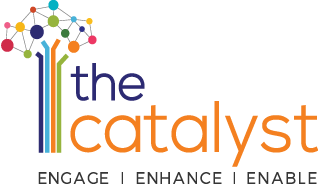
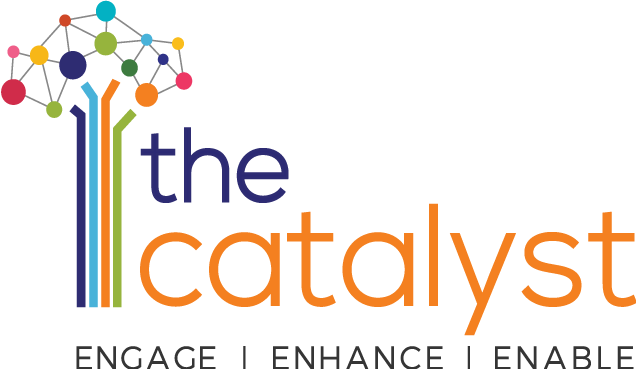
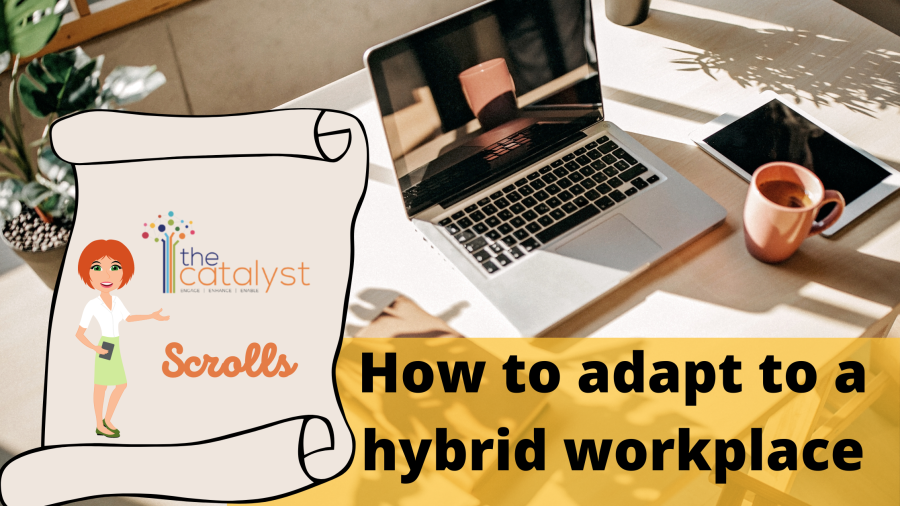



Leave a Reply
Your email is safe with us.
You must be logged in to post a comment.